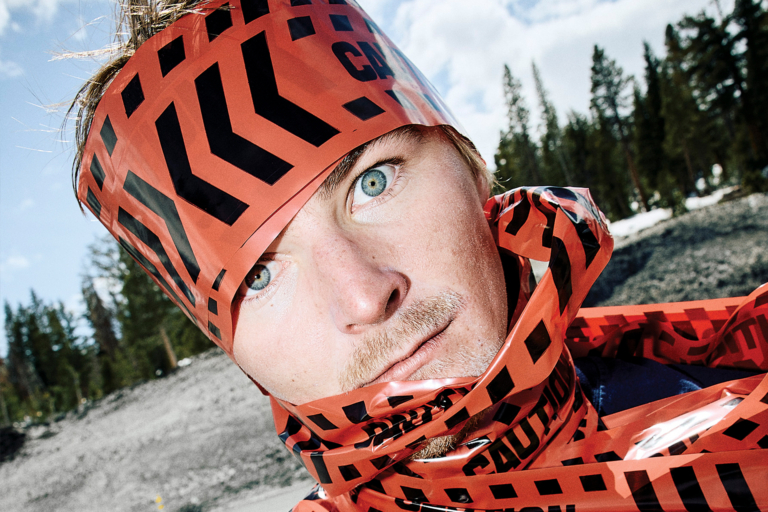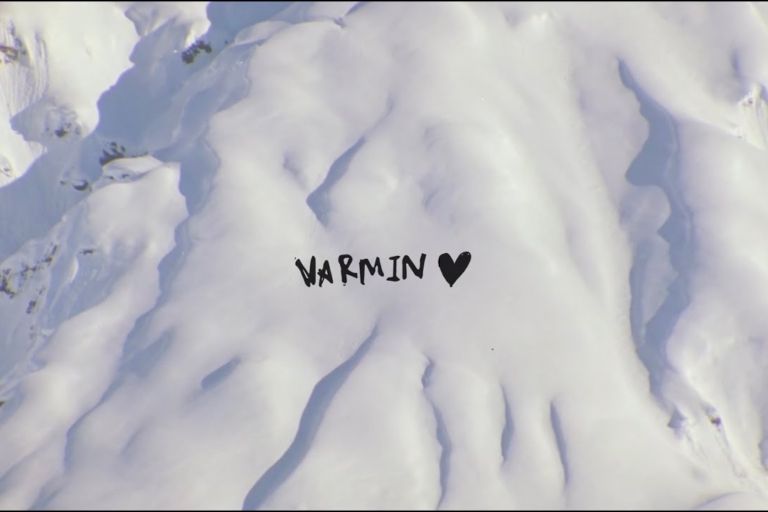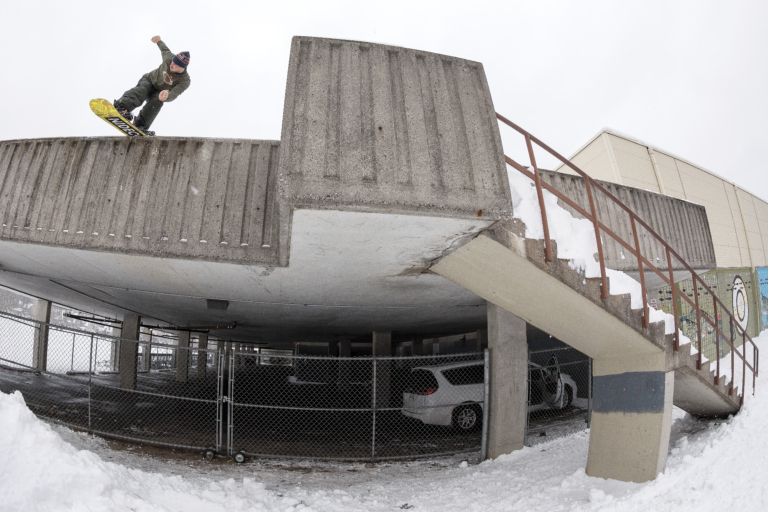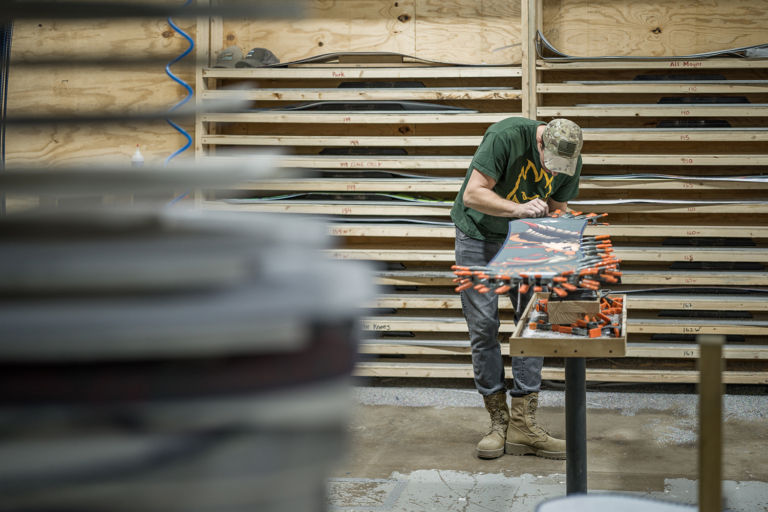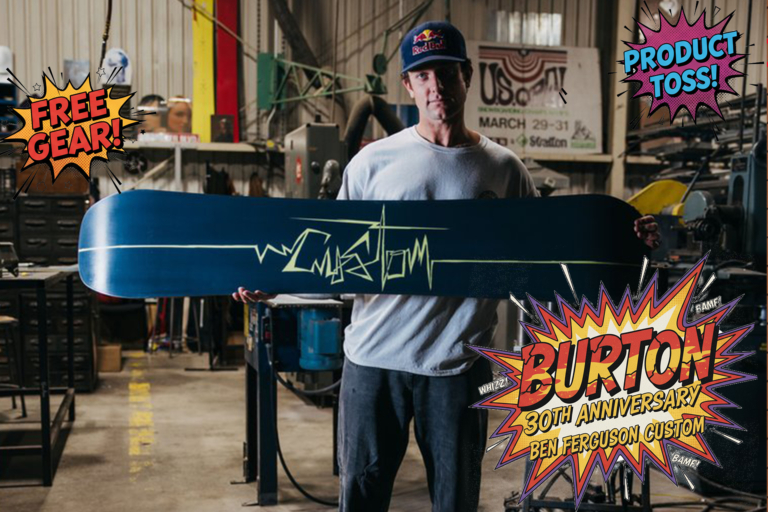The action sports world covers a large part of the globe with a rather small community, and when it intersects with global headlines, our mission is to cover the best of the best in our field, doing their thing, wherever that may be. Last week when the fires (now the deadliest in US over the past 100 years) hit Maui, we reached out to Lyon Farrell, a mainstay on the contest circuit and one of the friendliest riders we know, to check in on him and his family. While we are glad to report Lyon and his family are safe, his community is devastated, and they are doing what they can to help. Our thoughts go out to all those affected by the disaster. We recorded our conversation about what it has been like on the island the last few days after the fire, edited for clarity below. A direct donation line through the Help Maui Rise network for over 1,000 families has been set up here. – Mark Clavin

words: Lyon Farrell, as told to Mark Clavin
I’ve lived here my whole life and we’ve never seen anything like this. I know people here who lived here through Hurricane Iniki, like so many gnarly things, and they said that 80 years on Maui, this is the worst thing they’ve ever seen. 80 years in Hawaii, this is the worst thing that they’ve ever seen, ever.
I’ve gone to that side my entire life. I grew up going skating and doing surf contests in Lahaina. As soon as that park was open, even skating in the parking lot before they ever had a park there and they would do little contests and stuff like that. Cruising with friends, surfing, skating, fishing, diving…everything that you could imagine, it’s just part of growing up on Maui. You go to Lahaina and you hang out. It’s part of life. That’s where all the swells hit in the summertime. It doesn’t even feel real to think that the entire town is gone. I haven’t seen it yet. We have been launching and going past Honolua and straight to Kahana and Napili to help them out.
They’re trying to get people to move out of there but people aren’t gonna leave. It’s their home. That whole area is without service, without anything like that. So they’re just relying on supplies to come in every day. And now that FEMA’s there. I don’t know how that’s gonna look. I think it’ll look hopefully a lot better. It’s just been a huge community effort to keep everything running smoothly. We just keep going. No one stops helping. Every way we can, we just try to get shit done.
The first three days of school had been canceled because of the high winds all over the island. And then overnight, that’s when the fire kind of ramped up. It went from being like, Oh, it’s 100% contained, it’s all good, to Holy shit, all of Lahaina town is burnt down and gone. It’s just so gnarly. We hadn’t had winds like that…usually you have hurricane force winds and there’s a hurricane with rain and all that stuff, but this was the storm passing below us and the wind coming through and just whipping. 60, 70 miles per hour.
Our island is two mountains that funnel wind through the middle, so we’re already a super windy island. We’re kind of used to it, but my friends on the other side were posting stories of wind almost ripping roofs off of houses, knocking telephone poles over, and all sorts of stuff and then it was just like, boom, fire.
Where I live in Haiku, we are safe. We are in a super dense, wet area. So, I’m really lucky. Right now on our whole side of the island, it’s trippy because you can feel that something’s off, but when you look out the window you know, you can’t tell that bad things have happened…
The first thing that we did on the North Shore was with my friends who run the Boba Bar, they set up a donation spot there. There were three or four different donation spots on the North Shore and the first day, we just started shuttling. Anywhere. To the Anytime Fitness in Pukalani or the War Memorial, the bigger donation centers and then that’s what was supposed to be getting moved out to Lahaina or at the shelters in in town. The next day we got a bunch of food and supplies on a boat out of the harbor through my dad’s non-profit, Love the Sea, and we went out and went straight to Kahana and met with our friend Zane, who’s a local out there, and he organized and orchestrated a plan to distribute everything. We went around Kahakaloa to Kahana and dropped off generators, non-perishables, clothes, baby formula, all sorts of stuff. Just everything you could imagine using jet skis to shuttle in and out to just get as many things as possible there. Then at night, we manned fire hydrants with a hose and just filled up people’s trucks to go and put out hot spots that were still burning or to protect the neighborhoods in Kula. We don’t have tons of firemen and fire departments. They were definitely spread thin. So they’re doing their best to manage everything. The crazy part during all this, we still are having super high winds. So the water, like the ocean has been gnarly, like crazy windswell…horrible boat rides to get out there.
The government side of it is just blowing it. It’s just we have one of the biggest naval bases in America on Oahu. It’s just…it’s insane and they’re so slow to come over. It’s been ridiculous. They were so slow to respond and then the big thing is is that none of the departments seem to communicate with each other that well. We have gone over to help in different ways and the police officer doesn’t know what shelters are open or not open, or where to take people, and then you know, the Red Cross is walking around in circles basically, not sure what to do.
People have to communicate everything that they know all the time. The community has come together in a way that’s next level and supplied so much of the island–like so much of the island–with supplies, while the government like has just absolutely been blowing it. When they go and drop stuff off, the distribution side, getting the information to everyone has been almost impossible. So there have been zones for people to go but the information isn’t getting passed on correctly to the people in the community. They don’t know about the gas tank that the National Guard dropped off and they don’t know about these random things…and now they’re almost overwhelmed with supplies on that side of the island in the Kahana area, which is really good but they still have to distribute.
I just have learned so much about what people can have and what people can’t have, and all the different ways to go about it. Every day, the needs change and the way you help changes, and you start to realize how exhausted you get. I can’t be on the water going and doing these drops every single day, but there are tons of trees that need to be cleared off the roads and off of houses and stuff in Kula that still need to be done. One day you might be shuttling supplies, another day you might be over there helping directly, another day you might be prepping meals, another day you might be making a house nice for someone, another day you might be just throwing wood into a wood chipper–it just doesn’t stop. It’s just like everything is unfolding and then on top of that, finding out more and more information of like what’s actually happening over there, what the real death toll is. It’s just constantly evolving.
You start to realize how we’re all a part of this massive like community of helpers, working in our own small groups and and just compiling everything that we can and combining our networks together. Within each side of the island, we are just trying to get together with the person that we have on the other side and just making sure that their needs are met, then their community needs are met–and then we just go from there. It’s been this super collaborative effort and everyone has been going non-stop to help in any way they can. That’s been the most beautiful thing to see. We all realize that it’s a marathon, not a sprint. This is just the third day of months and months to come, and the needs of the people that have been affected by this are going to change day by day. The help that they’re going to need a month out is so different than the first week, or the first two weeks. So we’re just doing everything we can now to help with what they need immediately and then learning to adapt every day to what they need, and then at the same time, kind of trying to remember to pace ourselves and know that this is going to be a super long process.
I think that’s a huge thing for people that aren’t here to know is that just like any tragedy, there are people that take advantage of it. And even with the Boba Bar that is down the street from us, as soon as they make a Venmo, there are three other Venmos with the same name just a little different, trying to scam money from you. So it’s really important that people don’t give money to the wrong people. One scammer on the first day made one and took something like $150,000 from the Hawaii Community Foundation fund or something. They made a GoFundMe and it was actually a .org website that people could donate to. So it’s important that people either support directly to the families that have lost everything or the verified orgs.
If you would like to donate directly, Lyon sent over a list of over 1,000 families on the Help Maui Rise network here.

